Parkway Towers

After the positive outcomes of working in Lincoln Green, we were approached by Zest, an organisation committed to supporting people living in East Leeds, addressing health inequalities and social isolation through activities which improve physical, mental, social and emotional wellbeing.
We’d already heard about their work with residents in highrise buildings in the area so we were keen to discuss how our work could feed into their projects. In particular, we were interested in their development of a residents group in a community room within the flats, and how we could work with the residents to provide more opportunities to share their stories and develop their artistic skills.
With support from Zest, we raised a small amount of funding from the Outer East Housing Advisory Panel which enabled us to run 5 sessions with the residents using photographs, videos and sounds to make a film focusing on their experiences of ‘home’ in the context of social housing. Working in a community room inside the flats also contributed to our long term aim to support residents to develop communal spaces inside their buildings, linking to the council’s ABCD agenda. We also had support from 100% Digital Leeds, whose tablet lending scheme enabled the residents to take photos and edit their films both during and inbetween sessions.
What does Home mean to you?
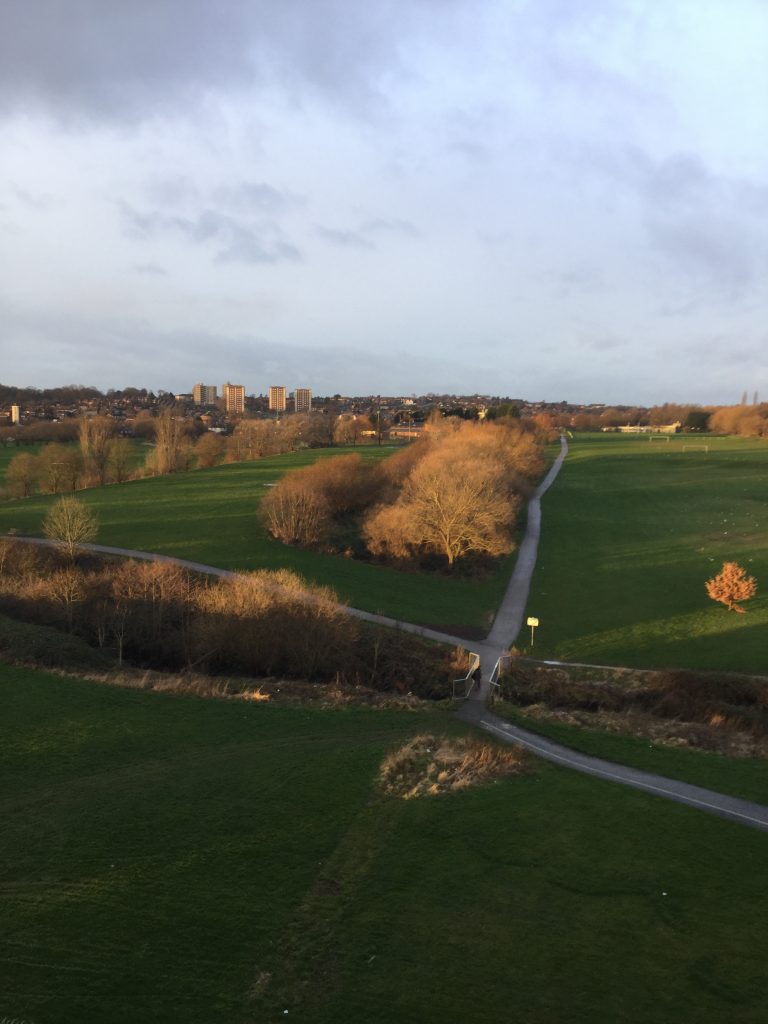
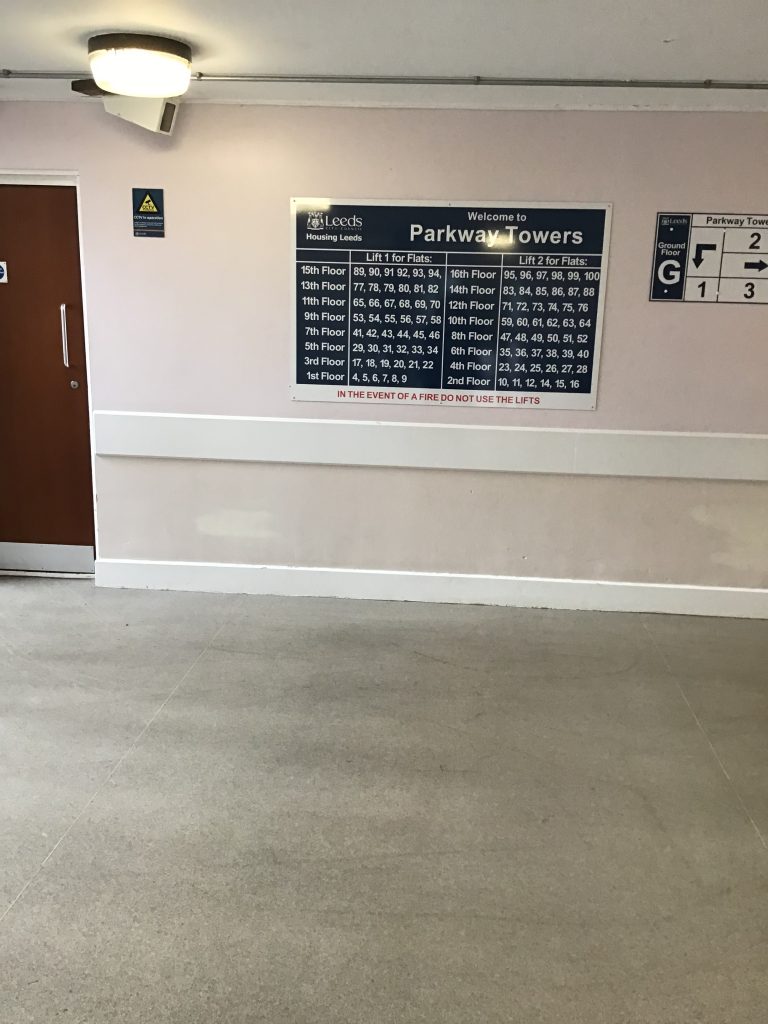
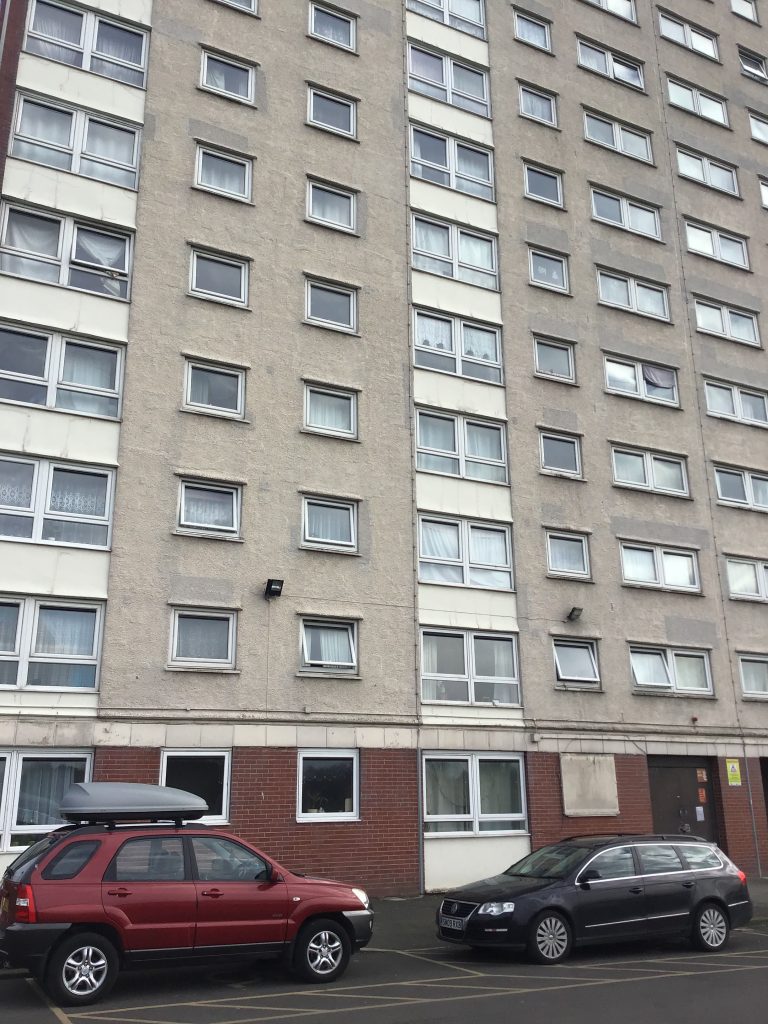
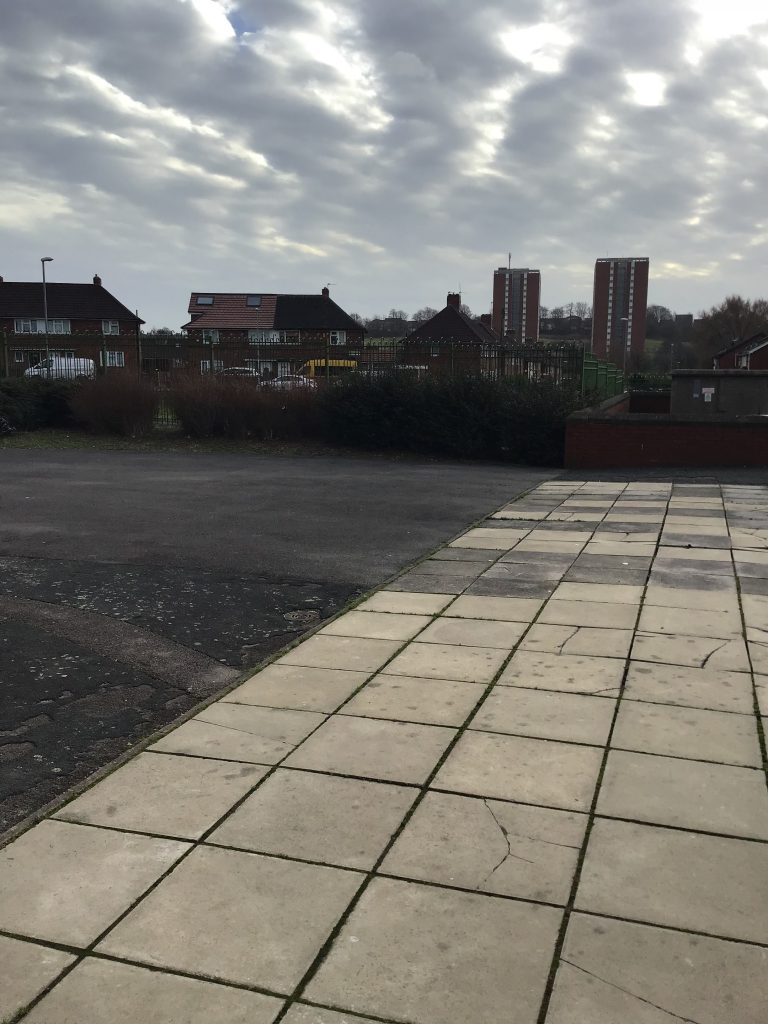
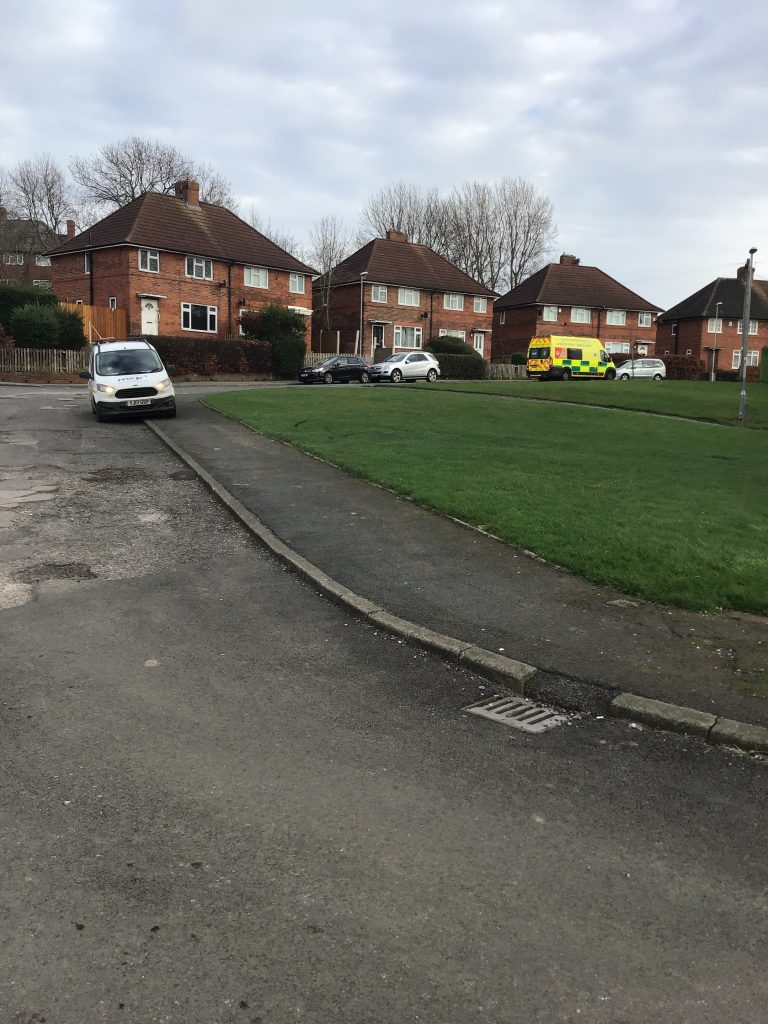
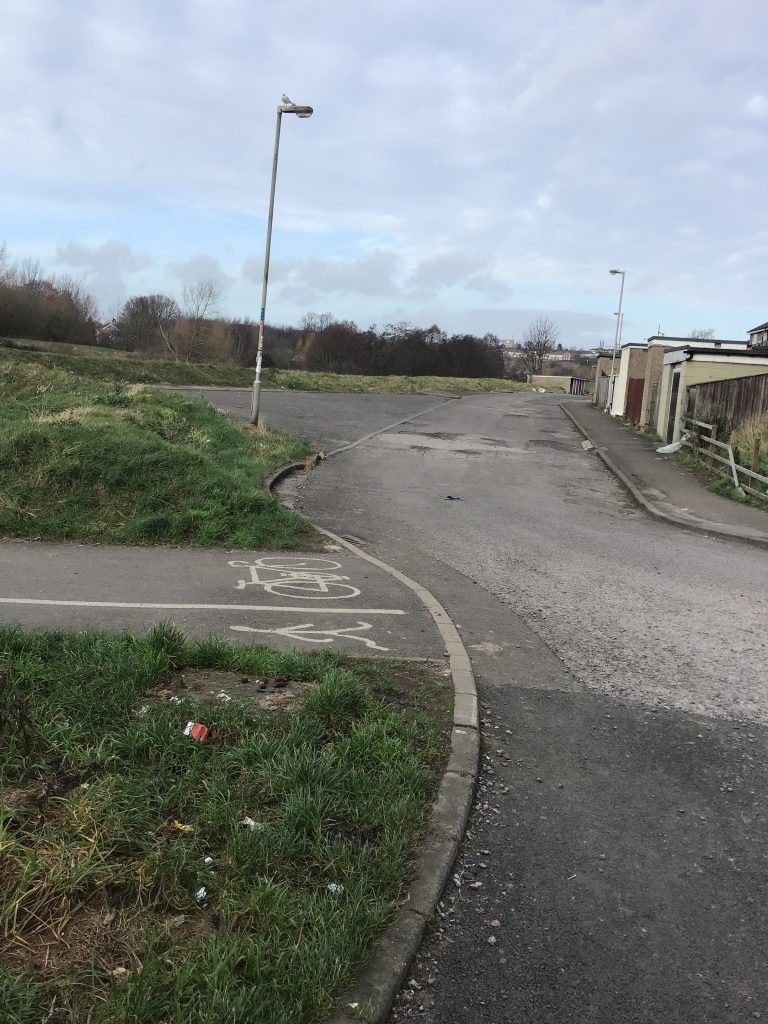
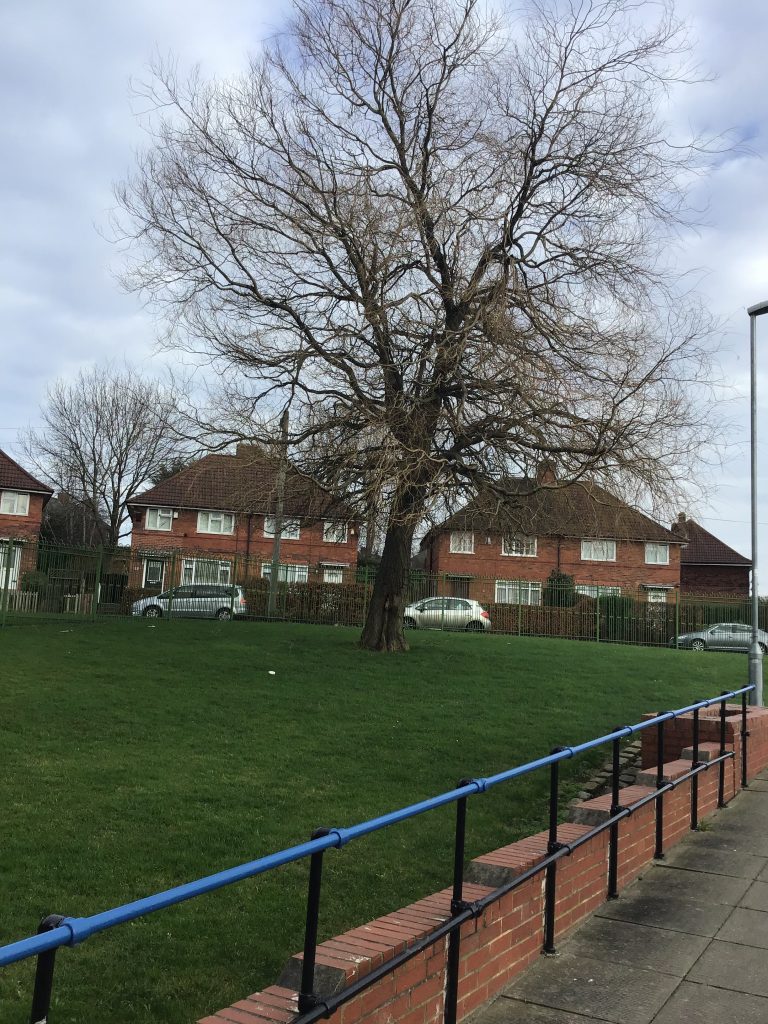
The first session began with an introduction to the project and what we had planned to do over the 5 weeks. We’d met with the residents group previously to discuss the project and what they’d like to produce so they were already familiar with our ideas and ways of working. This week’s focus was on discussing ideas of home and how people felt about the different places they’d lived. Ideas ranged from food, safety, family, community and geographic location. We recorded everyone talking about their experiences of different homes and then spent the rest of the session taking photographs around the inside and outside of the flats.
Photo collage
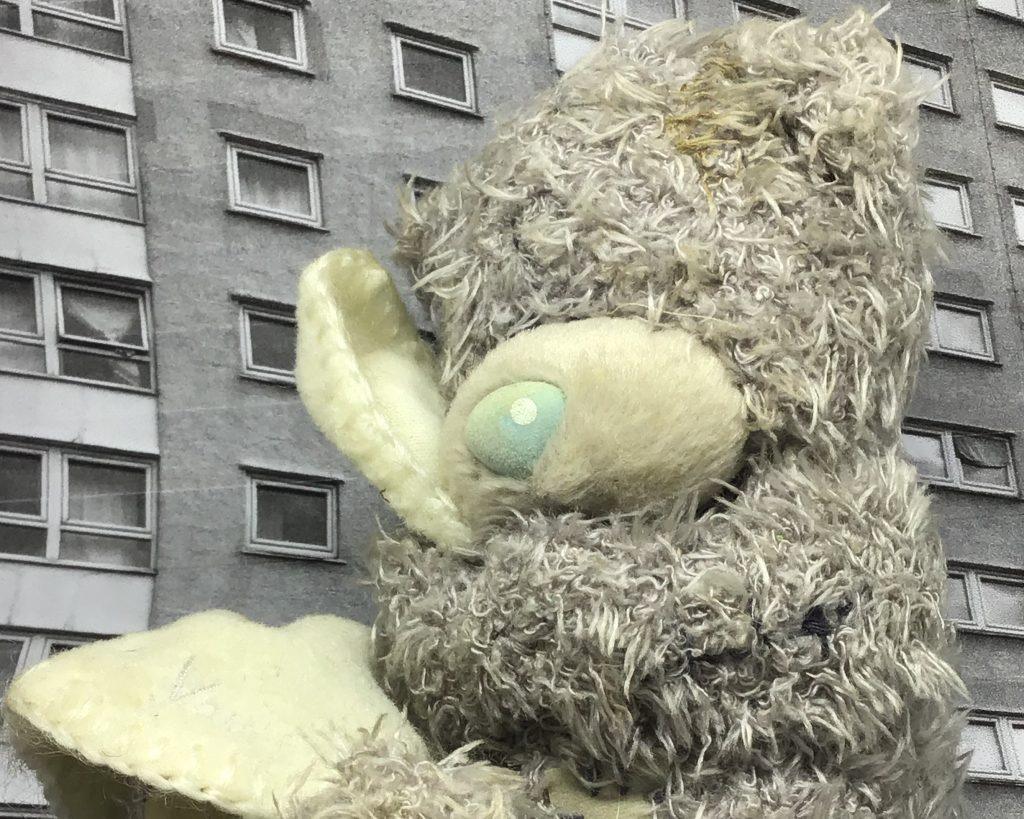
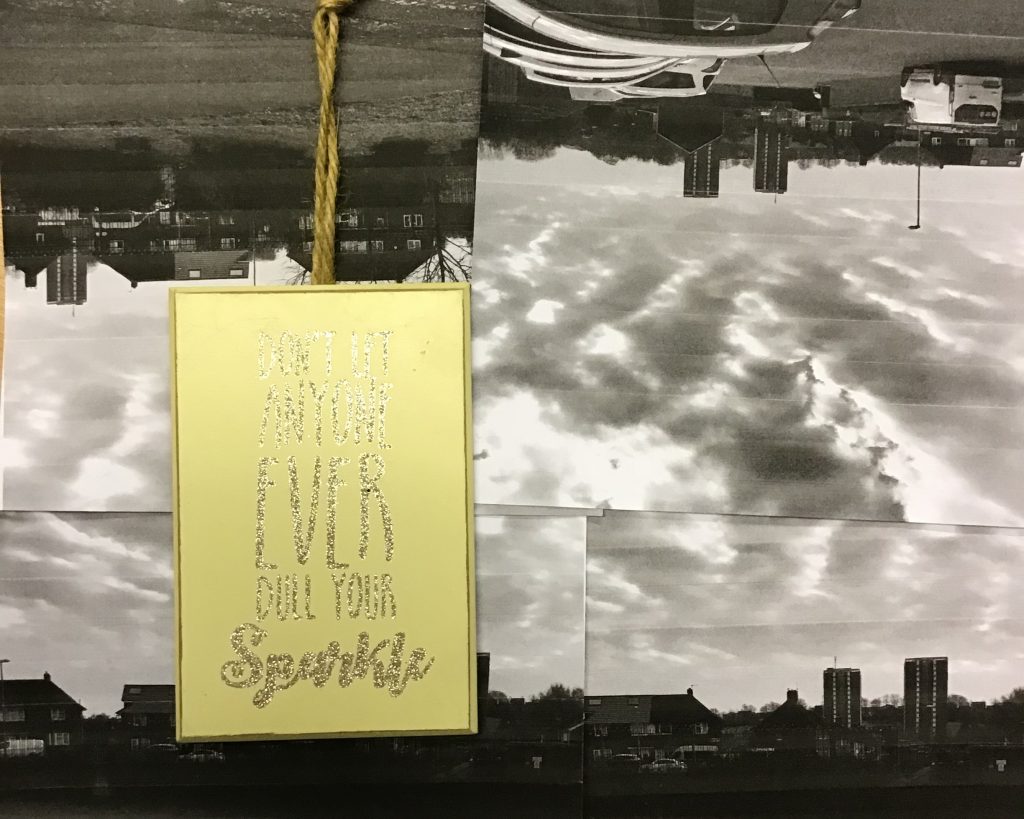
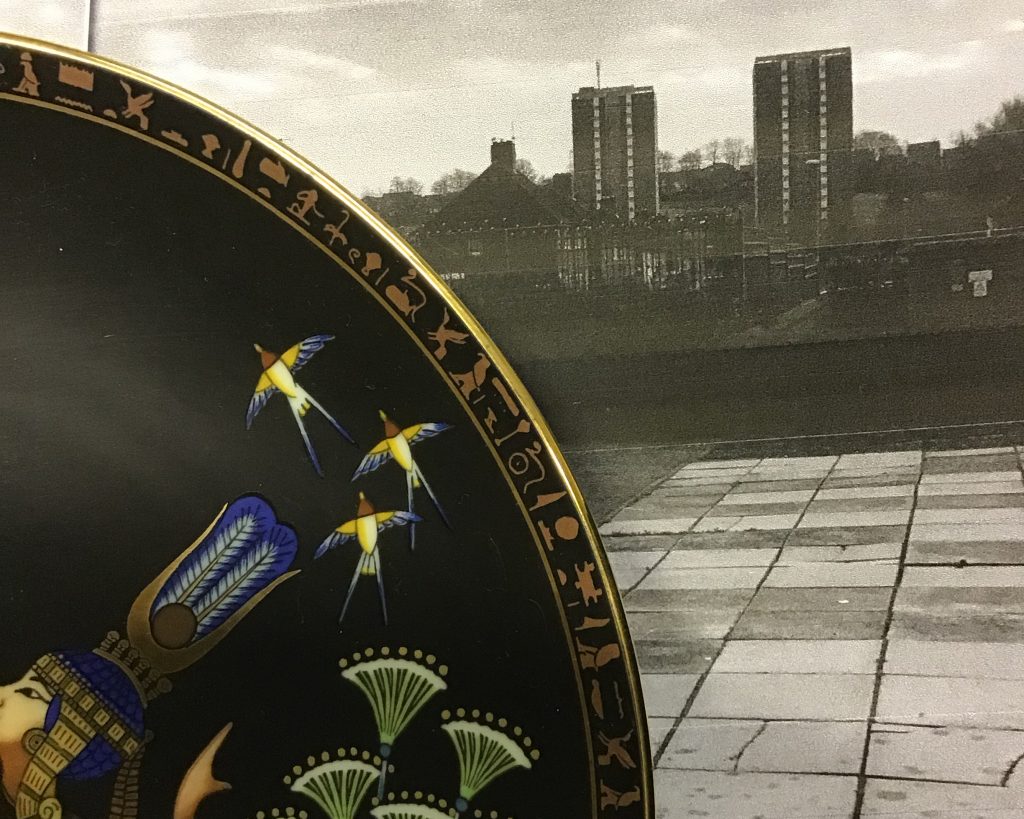
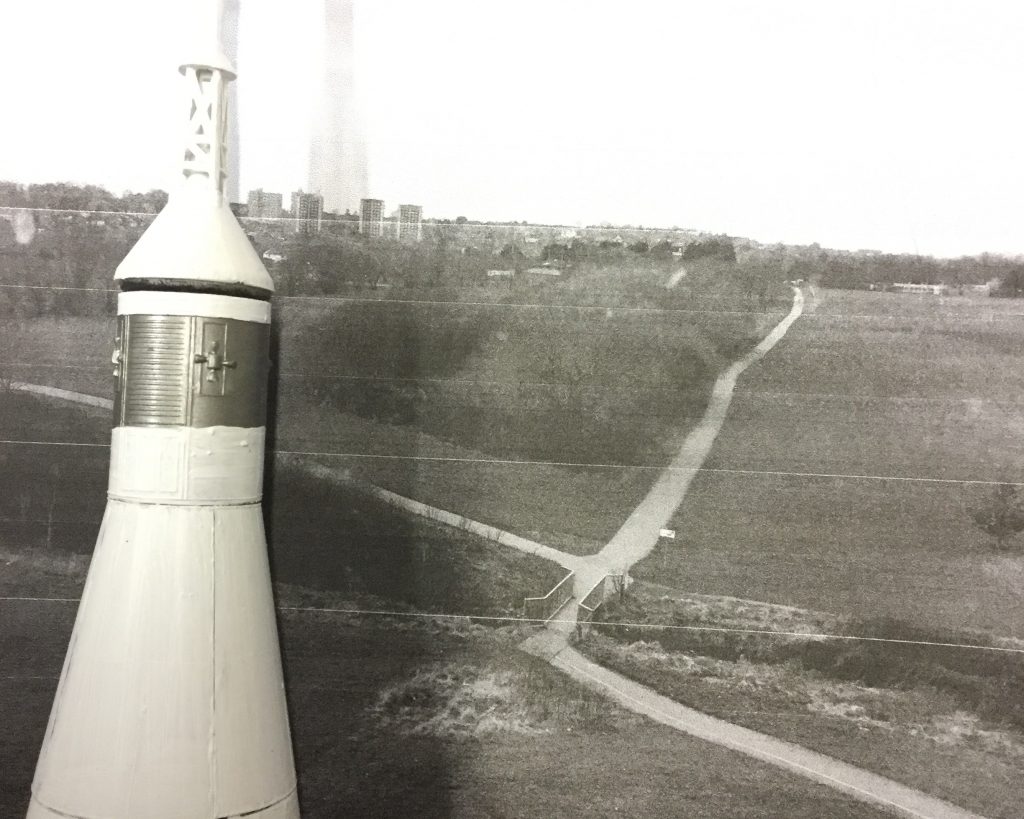
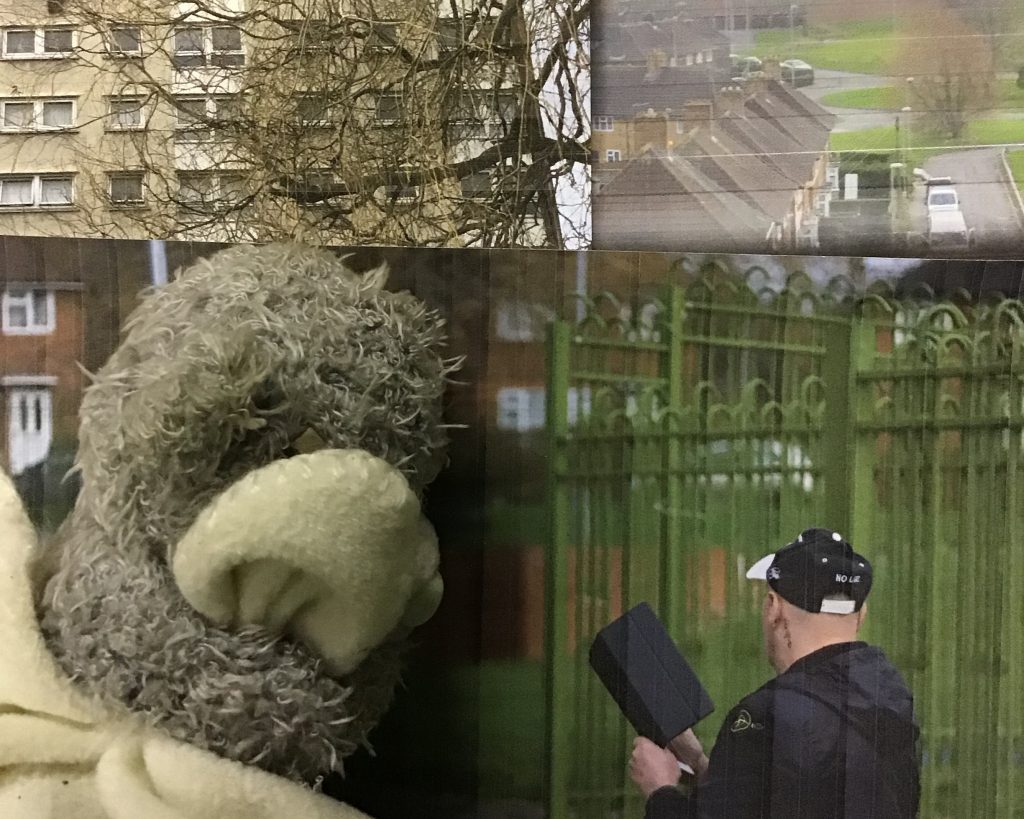
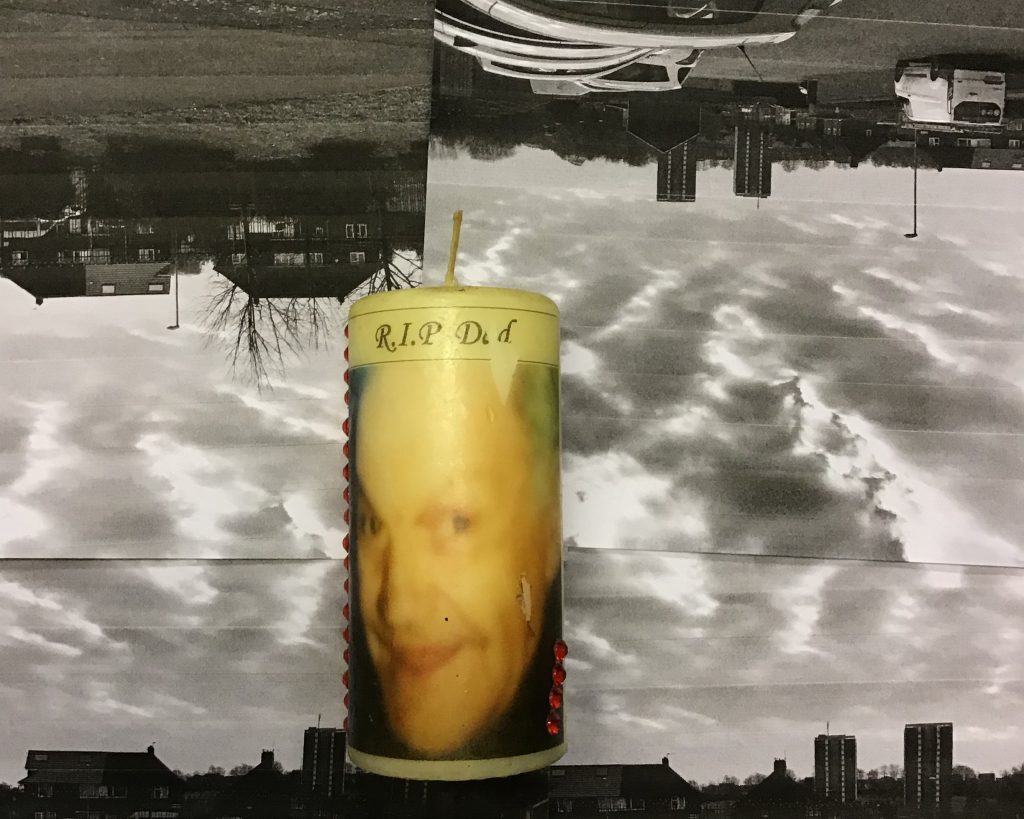
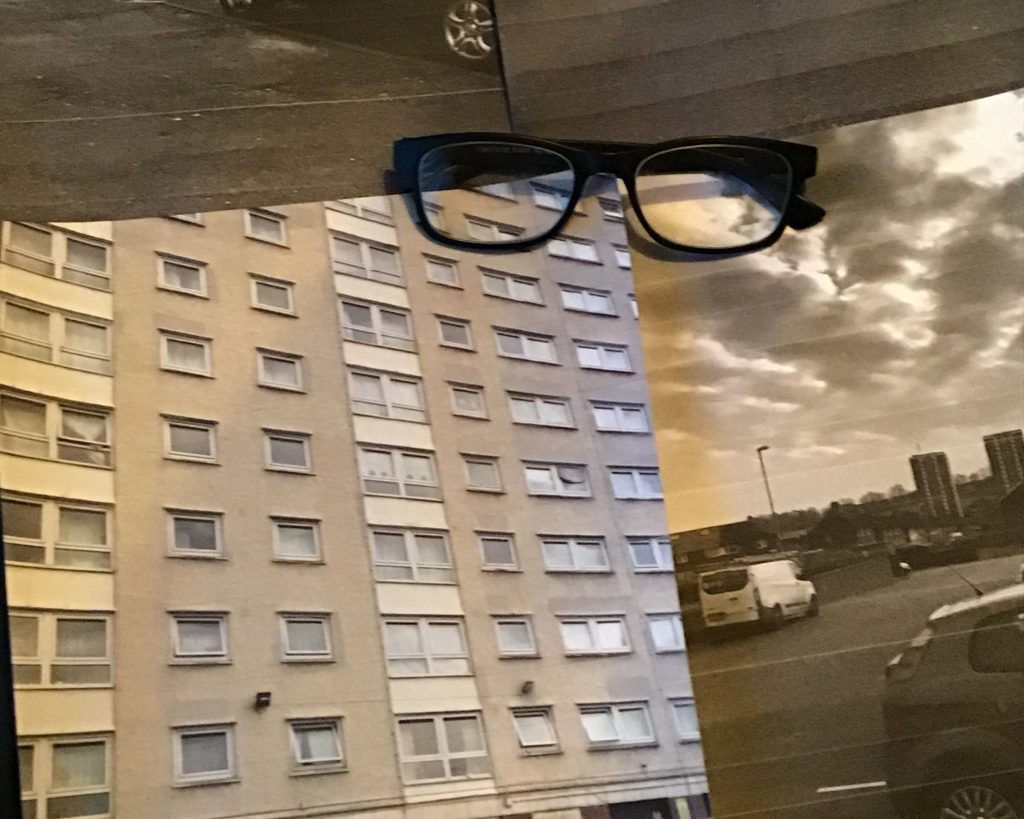
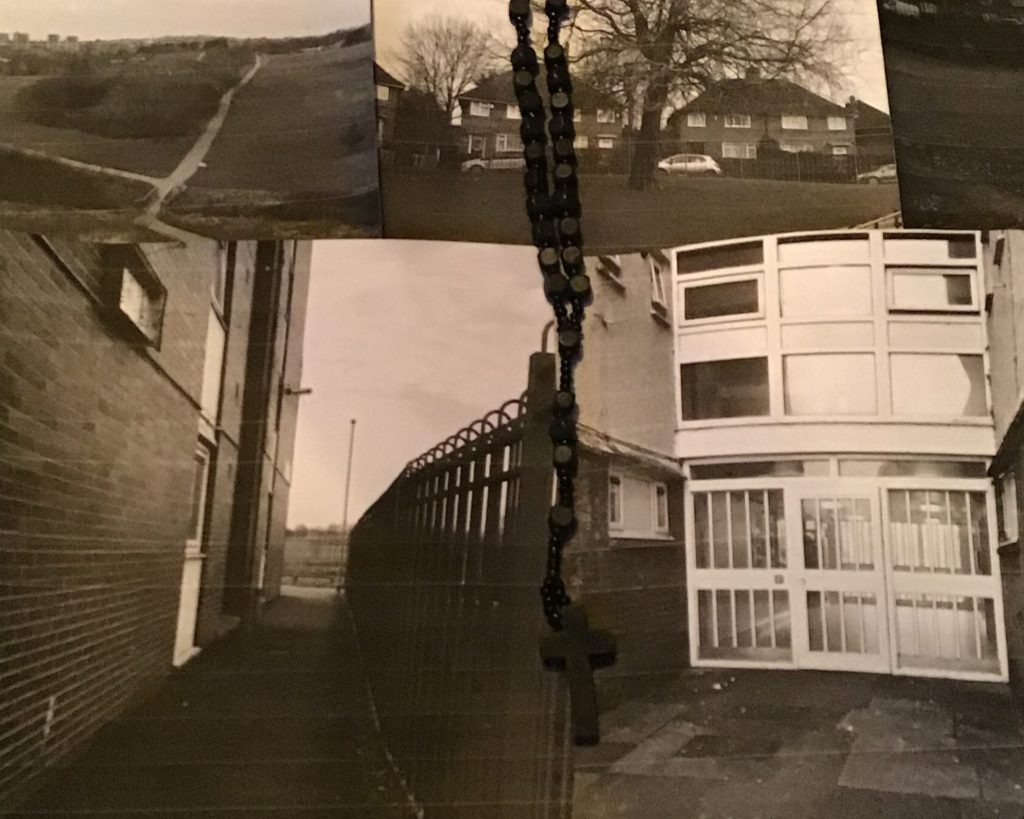
The second week focused around using the photographs we’d taken in the previous week and photo collaging them with personal objects that people brought along to the session. We also elaborated on some of the themes discussed in the previous session to collect more recordings for the film.
Introduction to digital storytelling
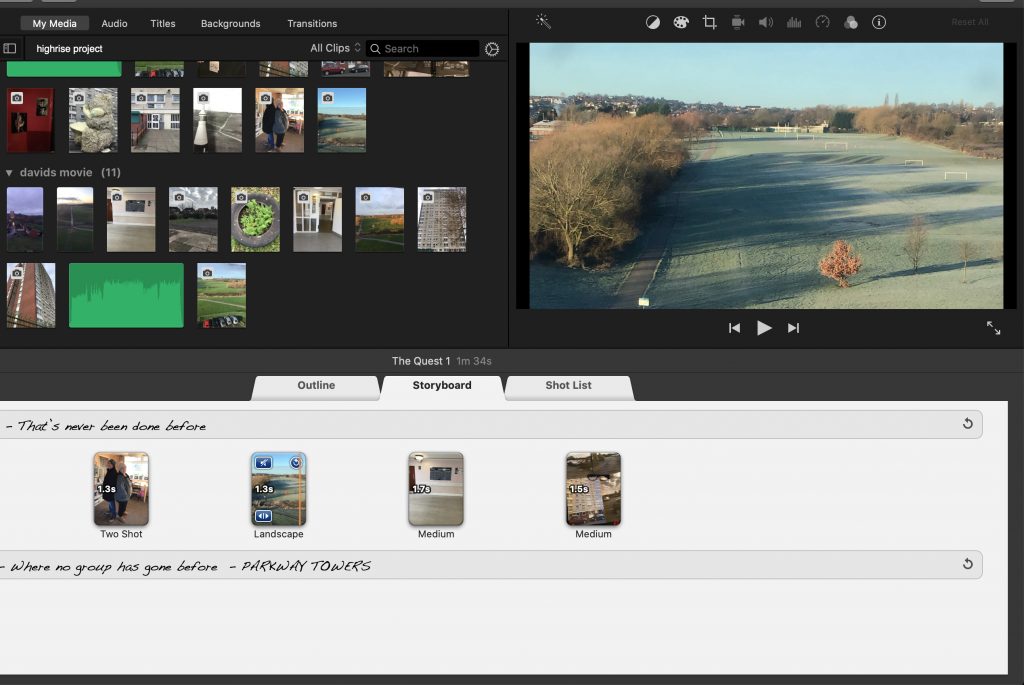
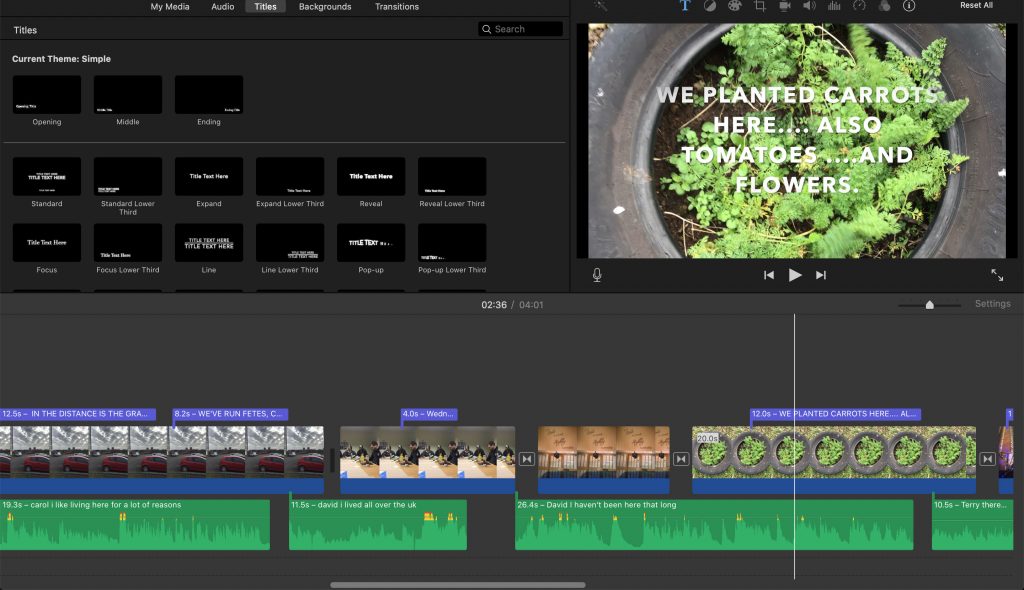
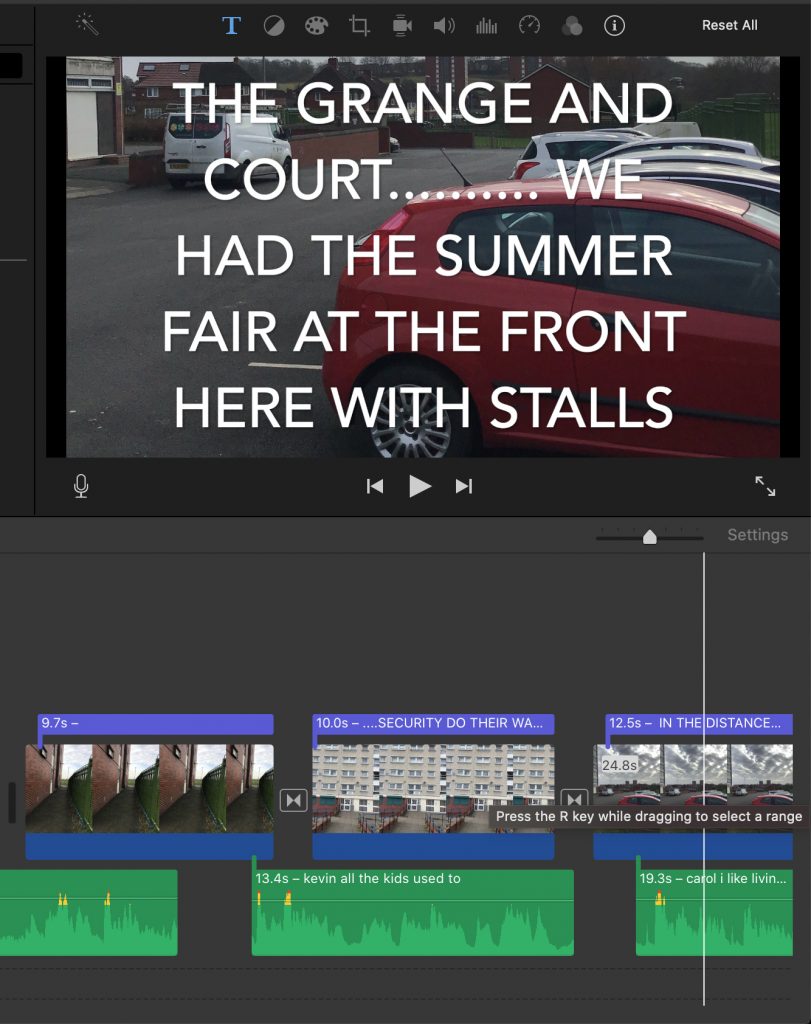
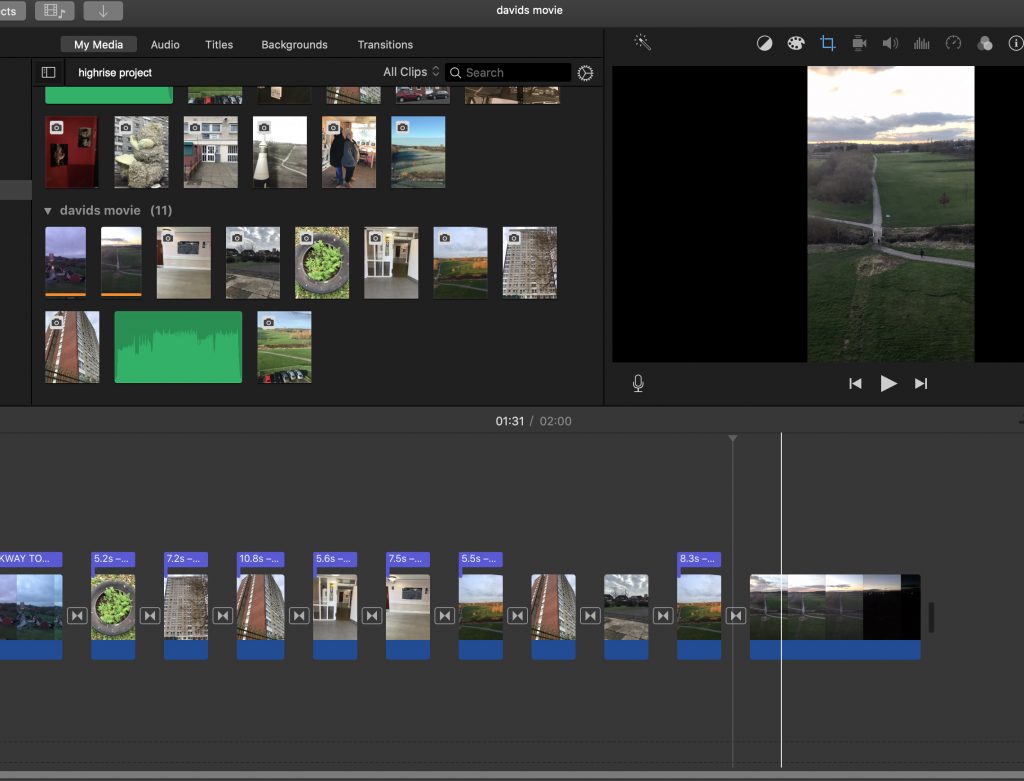
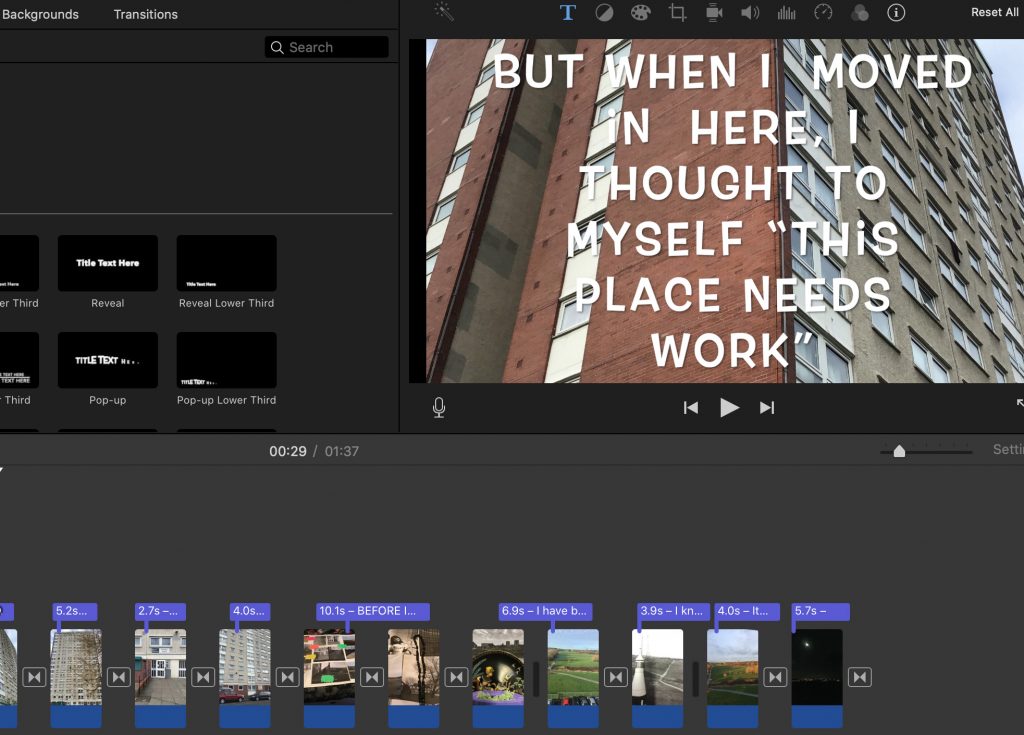
In week 3 we began to bring the images together in a film format. The group were introduced to iMovie in the session, although some of them had already started testing it out because they had access to the iPads between the sessions through the 100% Digital scheme. This meant that they were able to engage further with the technology and they were also able to include clips they’d taken between the sessions, such as time lapse videos from their flats over the city. Throughout the session it became clear that having access to the community room was of the utmost importance to residents in the flats as part of their aim to build a community.
Adding text
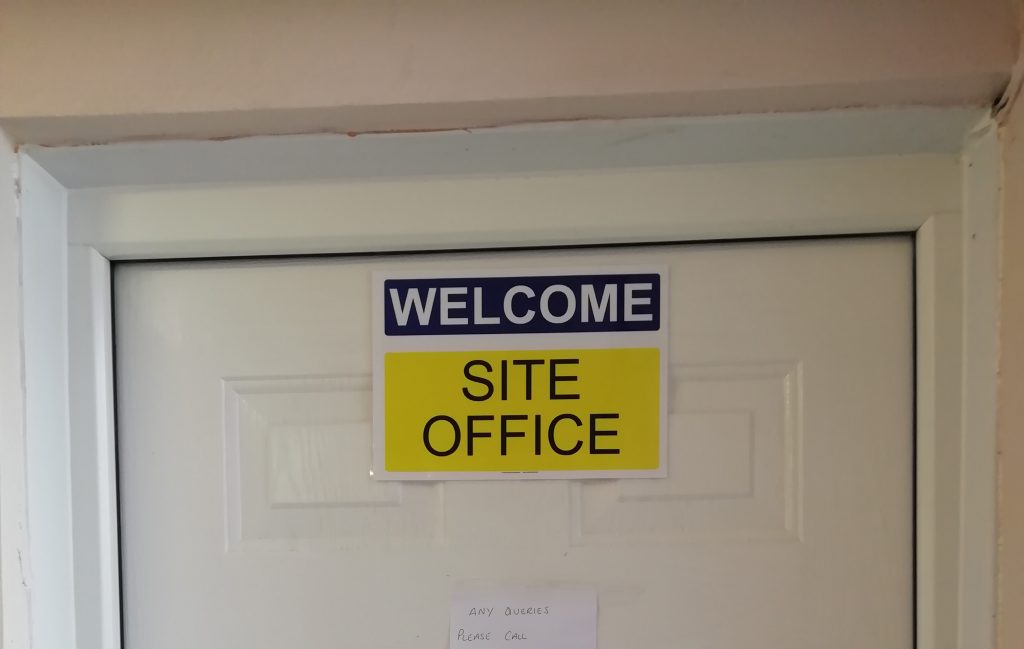
Upon arriving at the fourth session we were confronted with Site Office signs on the door to the community room. The flats were due to have new sprinklers fitted and the room had been designated as an office for the workers without informing the residents who had been using it for the previous two years. Luckily, we were able to find a space at a nearby community centre to continue the session.
Although people were despondent at the beginning of the session, we continued to insert text alongside the images to reflect the conversations we’d been having about the benefits of using the space and the importance of developing a community for the people who lived in the area. Working alongside Zest meant that they could tweet to the local housing department to discuss the issues with them directly, and we arranged to meet at the building where Zest were based for the following week’s session.
Collecting the audio
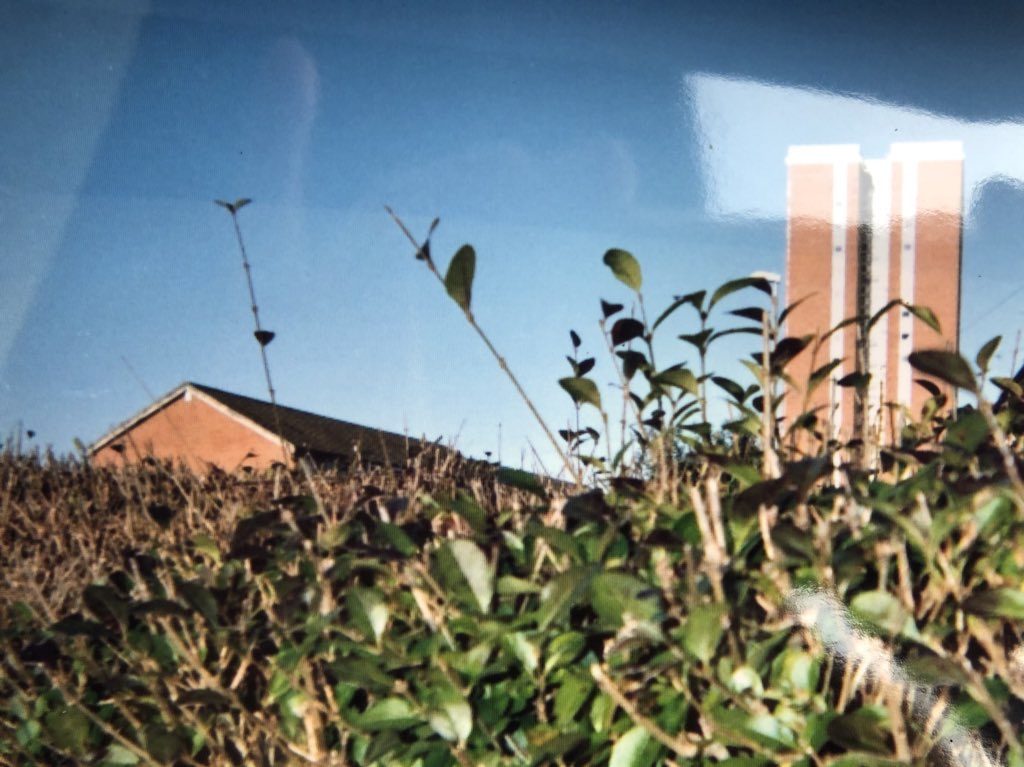
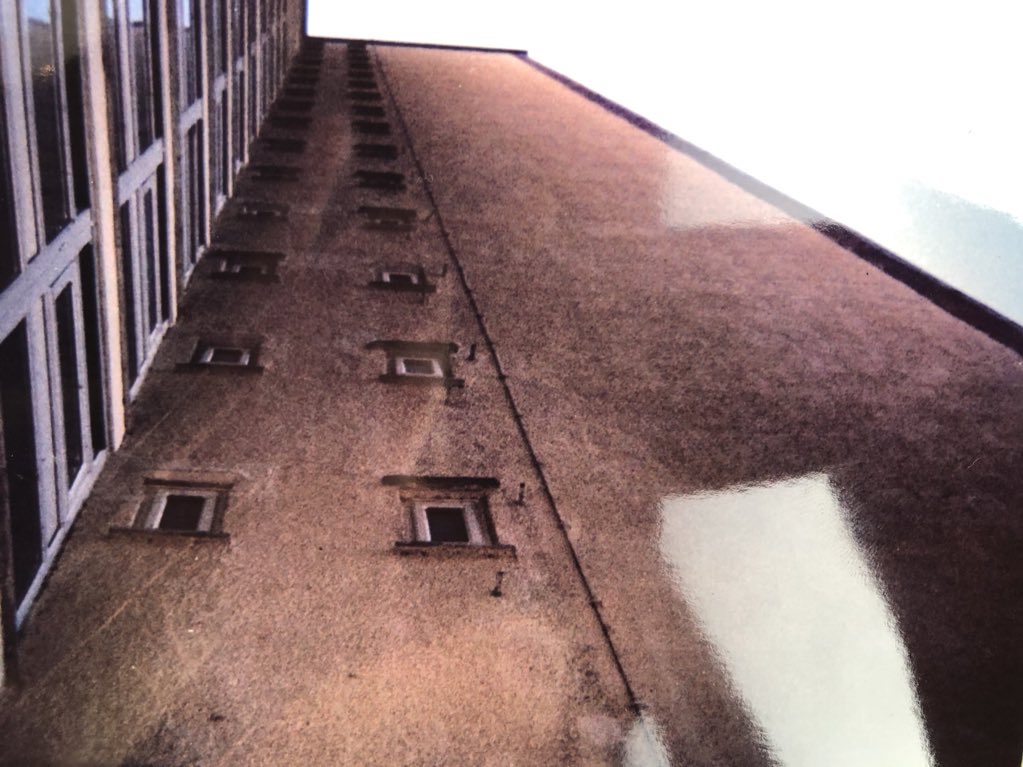
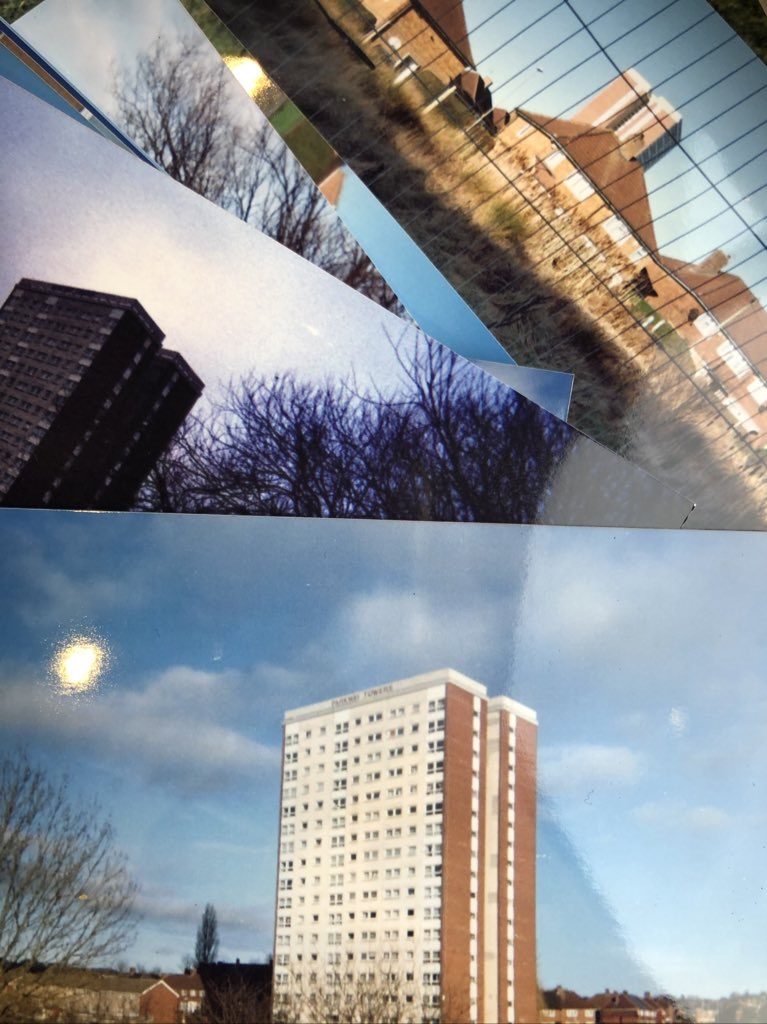
Week 5 was the final week for working with the residents to create their short films before collating them into an overall artwork. The themes that had emerged from the conversations focused on ideas of home, community, and autonomy. We decided to capture these thoughts through recorded audio which would be played alongside the images in the film. During the session, the residents also discussed their concerns with a member of the local council who managed to find a new venue for them to meet within their highrise block.
Curating the film
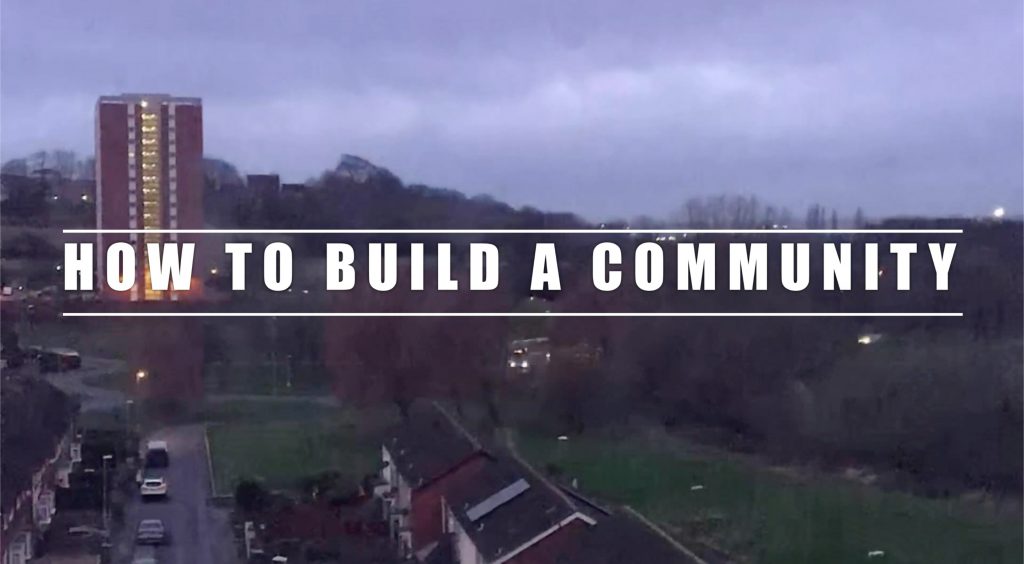
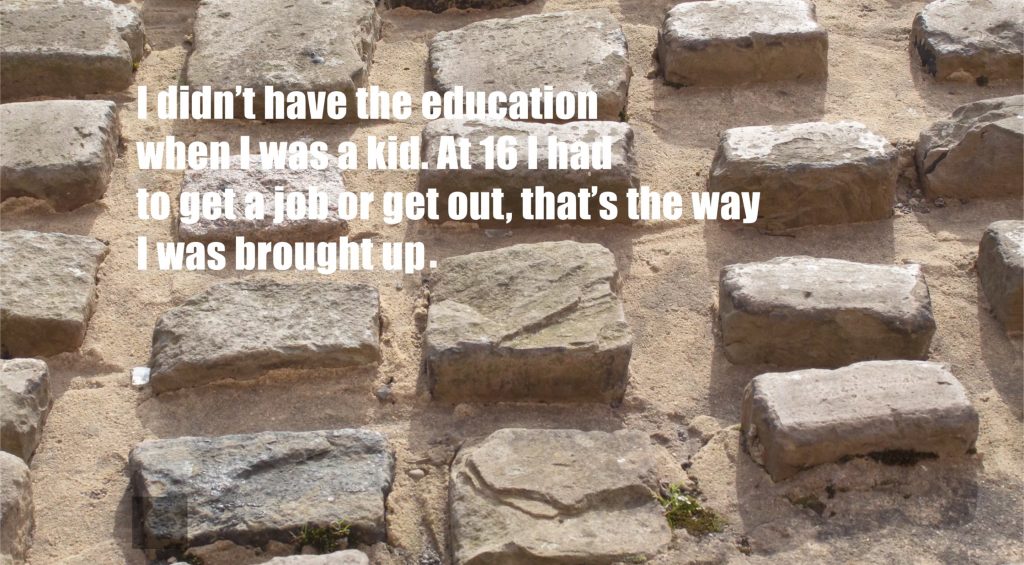
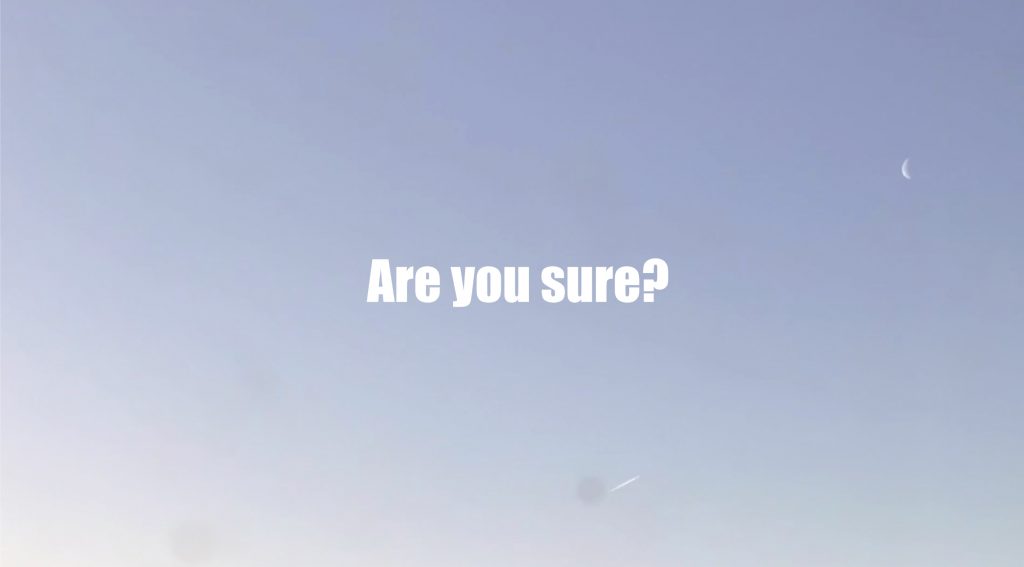
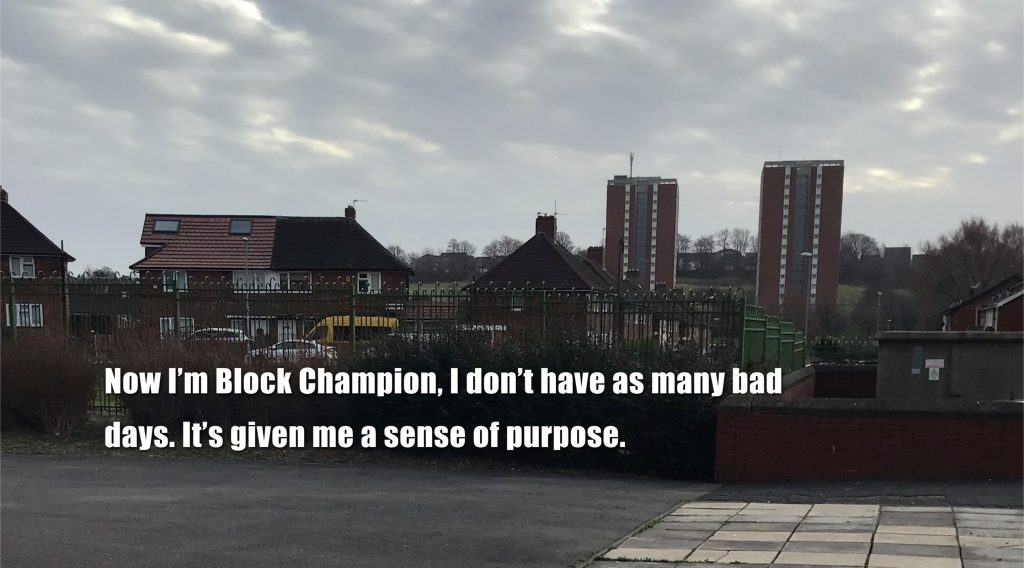
In the weeks following the workshops, we met to collate the films, photography, collages, text and audio into a cohesive narrative which included stories from everyone who had been involved in the project. This process highlighted the importance of the community space in bringing the residents together and helped them to articulate their experiences to a wider audience.